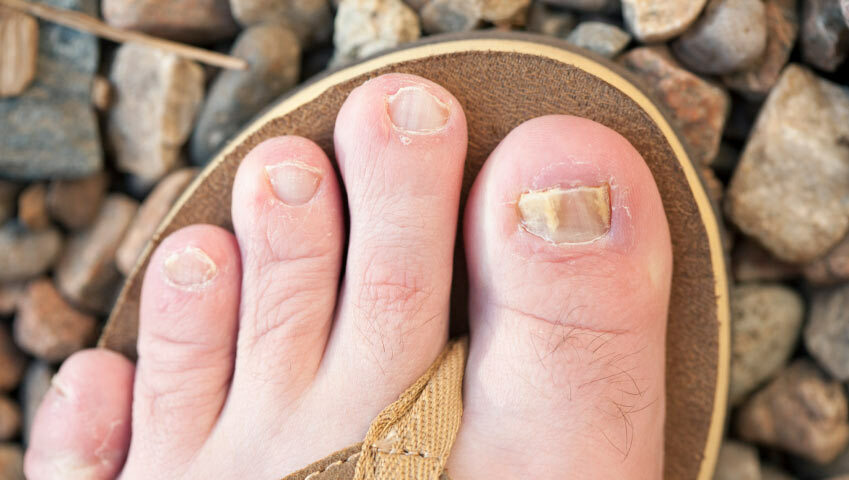Toenail fungus, also known as onychomycosis, is a common and persistent issue affecting millions worldwide. This fungal infection can be unsightly, uncomfortable, and challenging to eliminate. However, with the right approach and consistent care, you can be on your way to healthier and happier feet. This guide will explore effective strategies and treatments to tackle toenail fungus head-on, providing you with the sole saviors you need for clear and confident steps.
Understanding Toenail Fungus:
Toenail fungus is typically caused by dermatophytes, a group of fungi that thrive in warm, moist environments. Common risk factors include wearing tight shoes, walking barefoot in communal areas, and having a weakened immune system. The infection often starts with a white or yellow spot under the tip of the toenail and can spread, causing the nail to become discolored, thickened, and brittle.
Preventive Measures:
- Maintain Proper Foot Hygiene: Regularly clean and dry your feet, ensuring you pay attention to the spaces between your toes. Use a mild soap, and thoroughly dry your feet, especially after showering or swimming.
- Choose Breathable Footwear: Opt for shoes made of breathable materials, such as leather or mesh, to reduce moisture and create an inhospitable environment for fungi.
- Trim Nails Carefully: Keep your toenails trimmed straight across and avoid cutting them too short. This helps prevent the fungus from finding a foothold under the nail.
- Protect Feet in Public Places: Wear shower shoes or sandals when using communal showers, pools, or gym locker rooms to reduce the risk of fungal exposure.
Treatment Options:
- Over-the-Counter Antifungal Medications: Topical antifungal creams, ointments, or nail lacquers can be effective in treating mild to moderate cases of toenail fungus. Follow the product instructions carefully.
- Prescription Medications: In more severe cases, oral antifungal medications may be prescribed by a healthcare professional. These medications target the fungus from within and typically require a longer treatment duration.
- Laser Therapy: Laser treatment is a non-invasive option that aims to kill the fungus without harming the surrounding tissue. Consult with a podiatrist to discuss the suitability of laser therapy for your condition.
- Home Remedies: Some individuals find success with natural remedies such as tea tree oil, vinegar soaks, or over-the-counter herbal solutions. While these may not have the same scientific backing, they are worth exploring with caution.
Maintaining Persistence:
Successfully combating toenail fungus requires consistency and patience. Even after the visible signs of infection have cleared, continue preventive measures to reduce the risk of recurrence. If you have concerns or if the infection persists, consult a healthcare professional for personalized advice and treatment options.
Conclusion:
By understanding the causes of toenail fungus and implementing a comprehensive approach to care, you can take decisive steps to reclaim the health and appearance of your toenails. From proper hygiene to effective treatments, the sole saviors outlined in this guide empower you to tackle toenail fungus head-on and stride confidently toward healthier feet.


